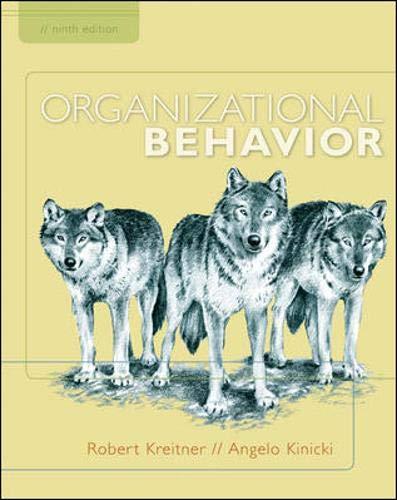The management revolt at Meetup Inc. broke into the open last February. Douglas Atkin, a senior manager,
Question:
The management revolt at Meetup Inc. broke into the open last February. Douglas Atkin, a senior manager, yanked CEO Scott Heiferman into a conference room and showed him a list scrawled on a whiteboard. In bright red letters were all the things Atkin felt were wrong at the New York startup, including “We Aren’t a Creative Company”
and “I Hate the Org Chart.” Atkin pressed his boss to change course. “We need to blow this up and start all over again,” he said.
Meetup is a company built on organization. Through its Web site, people can set up local groups for everything from sharing organic gardening tips online to marshaling volunteers for political campaigns. But as the company grew to 52 employees and 5 million members, Meetup’s own organization buckled. It was failing at the very thing that was supposed to be its expertise.
What followed Atkin’s confrontation was a management experiment that shook the company. Heiferman replaced the old org chart with a highly unusual management strategy in which workers set priorities and pick their own projects. Inspired by the people who use its service, Meetup loosened the reins and dispersed power. For some workers, it felt like chaos, and they fled.
Others thrived.
The process is still under way, but the results so far are largely positive. Morale is up, and the company is cranking out products. . . . “We got more done in six weeks than in six months last year,” says Heiferman, who expects the projects to boost revenues tenfold, to
$100 million, by 2010.
Meetup’s approach isn’t for everyone. But for managers, especially those responsible for younger workers with attitudes and expectations so different from those of earlier generations, the experiment holds lessons: Giving up control can lead to better results.
Your workers may have better ideas than you. Gary Hamel, who wrote The Future of Management, predicts more companies will adopt flexible organizations to accommodate Internet Age workers and profit from their skills. “With information so broadly shared now, the sources of influence and power are eroding,” he says. Companies already using such approaches include Whole Foods Market, and W.L. Gore & Associates, the
$2 billion maker of Gore-Tex. . . . Heiferman isn’t throwing out systems entirely. A strategy group tracks how changes affect revenue and customer growth. And the CEO reserves the right to pull what he calls the “red cord” on projects headed in the wrong direction. He hasn’t had to use it. At least not yet.
FOR DISCUSSION
How willing and able are you to work in this type of unstructured situation?
Step by Step Answer:






